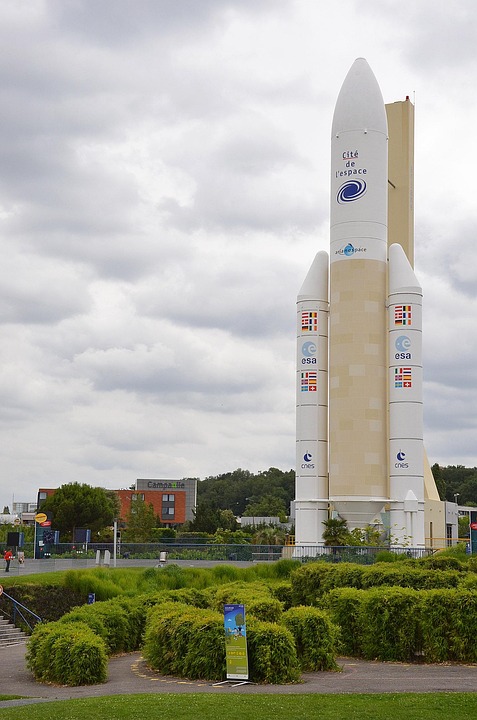Metaverse Gaming Community Growth Strategies: Building a Thriving Digital Ecosystem
The metaverse—a collective virtual shared space, created by the convergence of virtually enhanced physical and digital reality—is rapidly transforming the gaming industry. As players seek immersive, persistent, and socially connected experiences, the importance of fostering a strong, engaged gaming community within the metaverse has never been higher. For developers and game studios, building a loyal community isn’t just about attracting users; it’s about creating a self-sustaining ecosystem where players feel valued, connected, and motivated to contribute. Below are key strategies to drive growth and engagement in metaverse gaming communities.
1. Prioritize User-Driven Content Creation
The metaverse thrives on creativity, and empowering users to create content is a cornerstone of community growth. Game developers should provide tools for players to design their own virtual spaces, avatars, items, or even entire games. Platforms like Roblox and Decentraland have successfully leveraged user-generated content (UGC) to sustain engagement, allowing players to express themselves and build their own economies.
- Tools and Accessibility: Offer intuitive drag-and-drop editors, scripting languages, or AI-powered design assistants to lower the barrier to entry for content creation.
- Monetization Opportunities: Enable creators to monetize their work through NFTs, in-game currency, or royalties, fostering a sense of ownership and investment in the community.
- Showcase Platforms: Create spaces within the game (e.g., galleries, marketplaces, or event hubs) where UGC is highlighted, encouraging competition and collaboration.
2. Foster Cross-Platform Integration
A metaverse is inherently multi-platform, so ensuring seamless integration across devices (VR, AR, desktop, mobile) and ecosystems (e.g., Ethereum, Web3, traditional gaming networks) is critical. Cross-platform capabilities allow players to join communities regardless of their preferred device, expanding reach and inclusivity.
- Interoperability: Let players transfer their digital assets, identities, or progress across different platforms or games.
- Unified Identity Systems: Implement decentralized identity solutions (e.g., blockchain-based wallets) to simplify access and reduce friction.
- Community Hubs: Create central meeting points where users from various platforms can interact, such as virtual lounges or shared event spaces.
3. Leverage Virtual Events and Social Spaces
The metaverse is a social space as much as a gaming one. Hosting live events, meetups, or interactive experiences can turn casual players into active community members.
- Concerts, Art Exhibits, and Competitions: Use virtual arenas to host events that blend gaming with entertainment, fostering a sense of shared culture.
- Guilds and Clans: Encourage the formation of in-game groups with exclusive perks, fostering long-term relationships and loyalty.
- Social Interaction Features: Design spaces for casual interactions, like cafes, chatrooms, or collaborative projects, to mirror real-world social dynamics.
4. Implement Incentive Systems
Gamification is key to retaining users. Reward players for participation, contributions, and collaboration to keep the community active and invested.
- Quests and Challenges: Design community-driven missions that require cooperation, like building a virtual city or solving a puzzle together.
- Leaderboards and Recognition: Highlight top contributors, creators, or players with in-game rewards, shoutouts, or exclusive digital assets.
- Token-Based Rewards: Introduce cryptocurrencies or NFTs as incentives for engagement, allowing players to trade or showcase their achievements.
5. Emphasize Transparency and Inclusivity
Trust and belonging are essential for community growth. Transparent communication and inclusive policies ensure players feel heard and respected.
- Open Forums and Feedback Channels: Use Discord, DAOs (Decentralized Autonomous Organizations), or in-game surveys to gather input and involve users in decision-making.
- Diverse Representation: Ensure the metaverse reflects a wide range of cultures, identities, and perspectives to attract a global audience.
- Anti-Harassment Policies: Establish clear guidelines for behavior and moderation tools to create a safe, welcoming environment.
6. Collaborate with Influencers and Creators
Influencers and content creators act as ambassadors for the metaverse, drawing their audiences into new virtual spaces. Partnering with them can accelerate growth and visibility.
- Sponsored Events: Invite influencers to host events, streams, or challenges within the metaverse.
- Creator Partnerships: Offer developers or content creators partnership programs to co-create experiences or monetize their presence.
- Community Champions: Identify and reward active community members who become unofficial advocates for the game.
7. Build Community Through Gameplay and Storytelling
A compelling narrative and engaging gameplay are the foundation of any successful game. In the metaverse, these elements must extend beyond individual experiences to encourage collective participation.
- Shared Storylines: Design games with dynamic, evolving stories that require collaboration, such as open-world quests or faction-based narratives.
- Persistent Worlds: Ensure the metaverse remains active and changing, so players have ongoing goals and reasons to return.
- Role-Playing Opportunities: Allow players to take on roles (e.g., admins, event coordinators, or guild leaders) to deepen their connection to the community.
8. Partner with Other Platforms and Brands
Collaborating with external platforms or brands can expand your metaverse’s reach and relevance. Cross-promotions, co-created events, or branded virtual spaces can attract new audiences.
- Brand Integrations: Partner with real-world brands to create virtual storefronts, exclusive items, or themed events.
- Community Cross-Promotion: Allow players to invite friends from other games or platforms, creating a network effect.
- Partnerships with Web3 Ecosystems: Integrate with NFT marketplaces, blockchain networks, or decentralized platforms to tap into existing crypto and gaming communities.
9. Focus on Long-Term Engagement Strategies
Growth isn’t just about initial adoption—it’s about retaining users over time. Develop strategies that keep the community evolving and invested.
- Regular Updates and Expansions: Continuously add new content, features, or challenges to maintain interest.
- Seasonal Events and Rotating Themes: Keep the experience fresh with time-limited events, holidays, or seasonal story arcs.
- Community-Driven Development: Let users vote on future features or storylines, making them feel like co-creators.
10. Invest in Education and Onboarding
Many newcomers to the metaverse may not understand its complexities. Providing educational resources can reduce friction and grow the community.
- Tutorials and Guides: Offer in-game or virtual workshop sessions to teach users how to navigate the metaverse, create content, or participate in events.
- Beginner-Friendly Spaces: Design areas for new players to learn without pressure, such as training zones or mentorship programs.
- Community Workshops: Host live sessions where experienced users share tips, strategies, or creative techniques.
Conclusion: The Future of Community in the Metaverse
The metaverse gaming community is more than a group of players—it’s a dynamic, collaborative ecosystem. By prioritizing user creativity, fostering inclusivity, and leveraging both technology and social dynamics, developers can build communities that thrive on their own. As the metaverse evolves, so too will the strategies for growth. Staying adaptable, listening to players, and embracing innovation will ensure long-term success.
Ultimately, the most successful metaverse games aren’t just built for entertainment; they’re built for connection. When players feel like they’re part of something bigger, they become the lifeblood of the community, driving its growth and longevity. Whether through virtual events, decentralized governance, or cross-platform integration, the future of gaming lies in the community.
By focusing on these strategies, game developers can transform their metaverse projects into vibrant, enduring social spaces that redefine how we play, connect, and build together in digital worlds.







